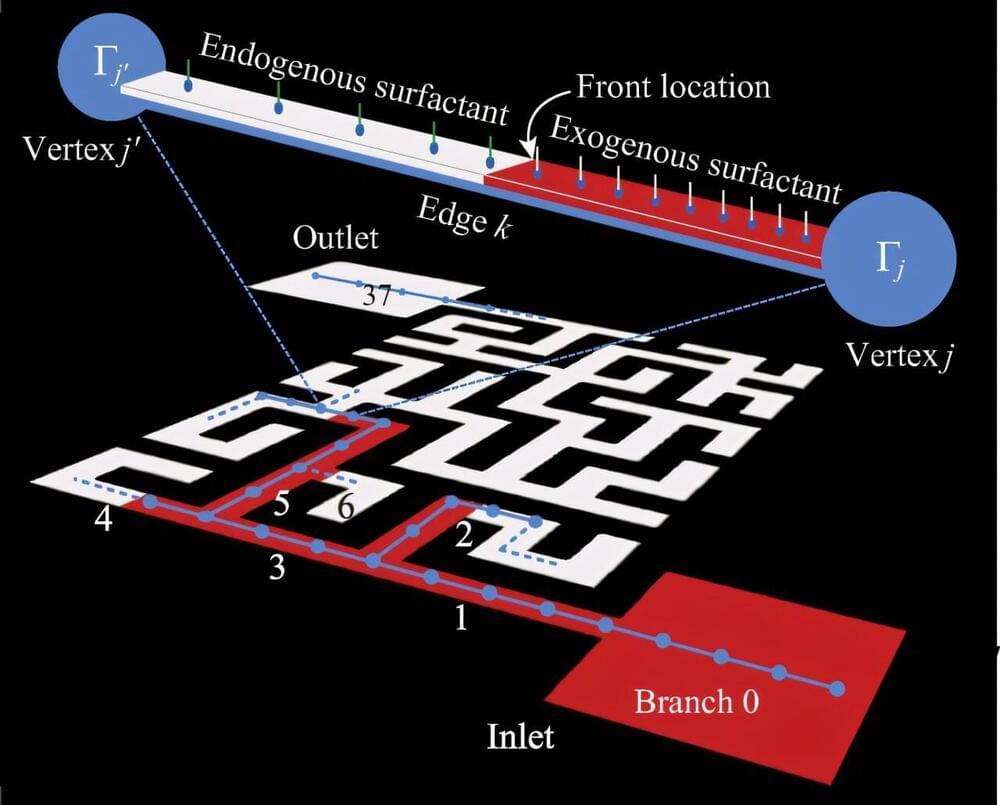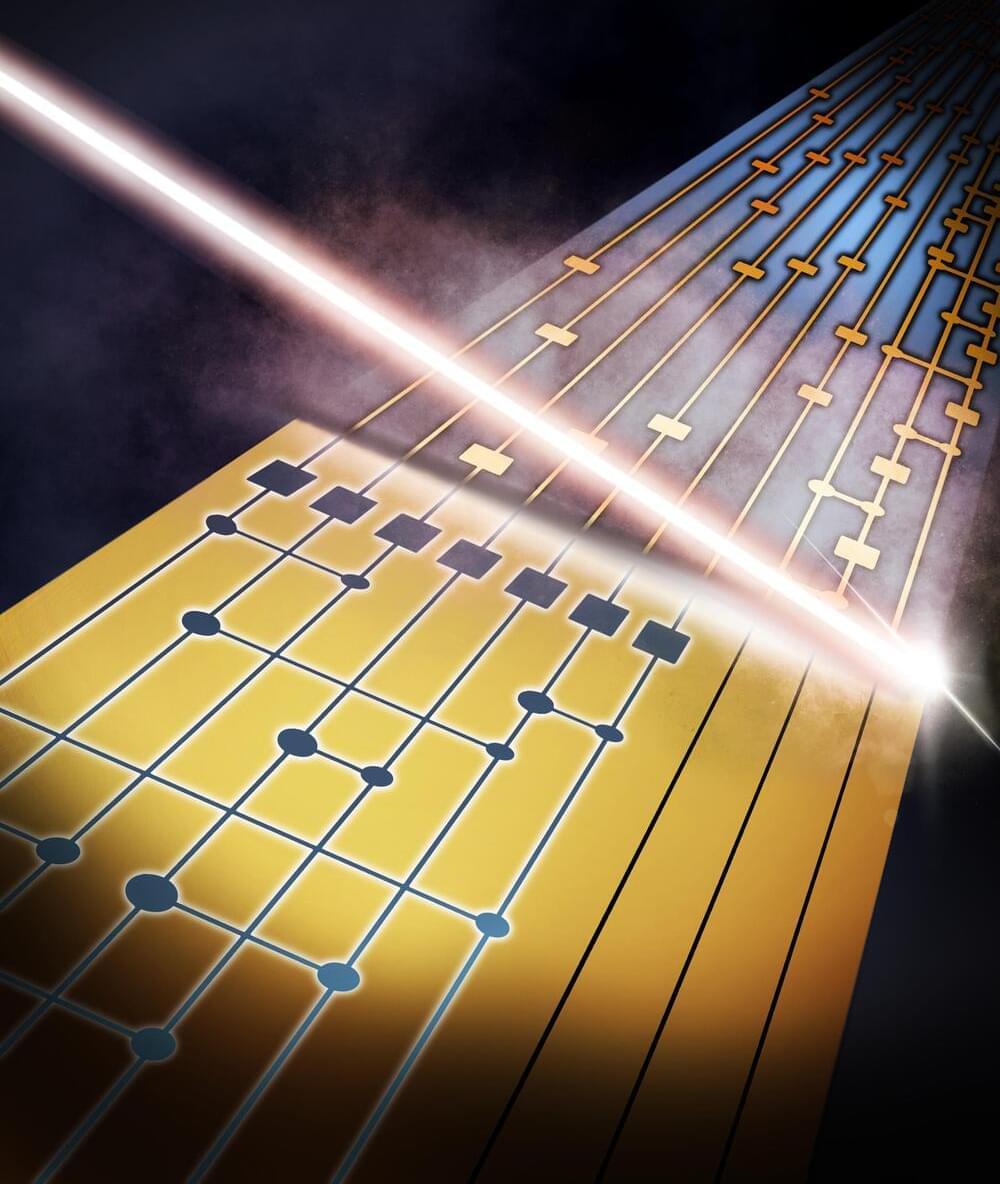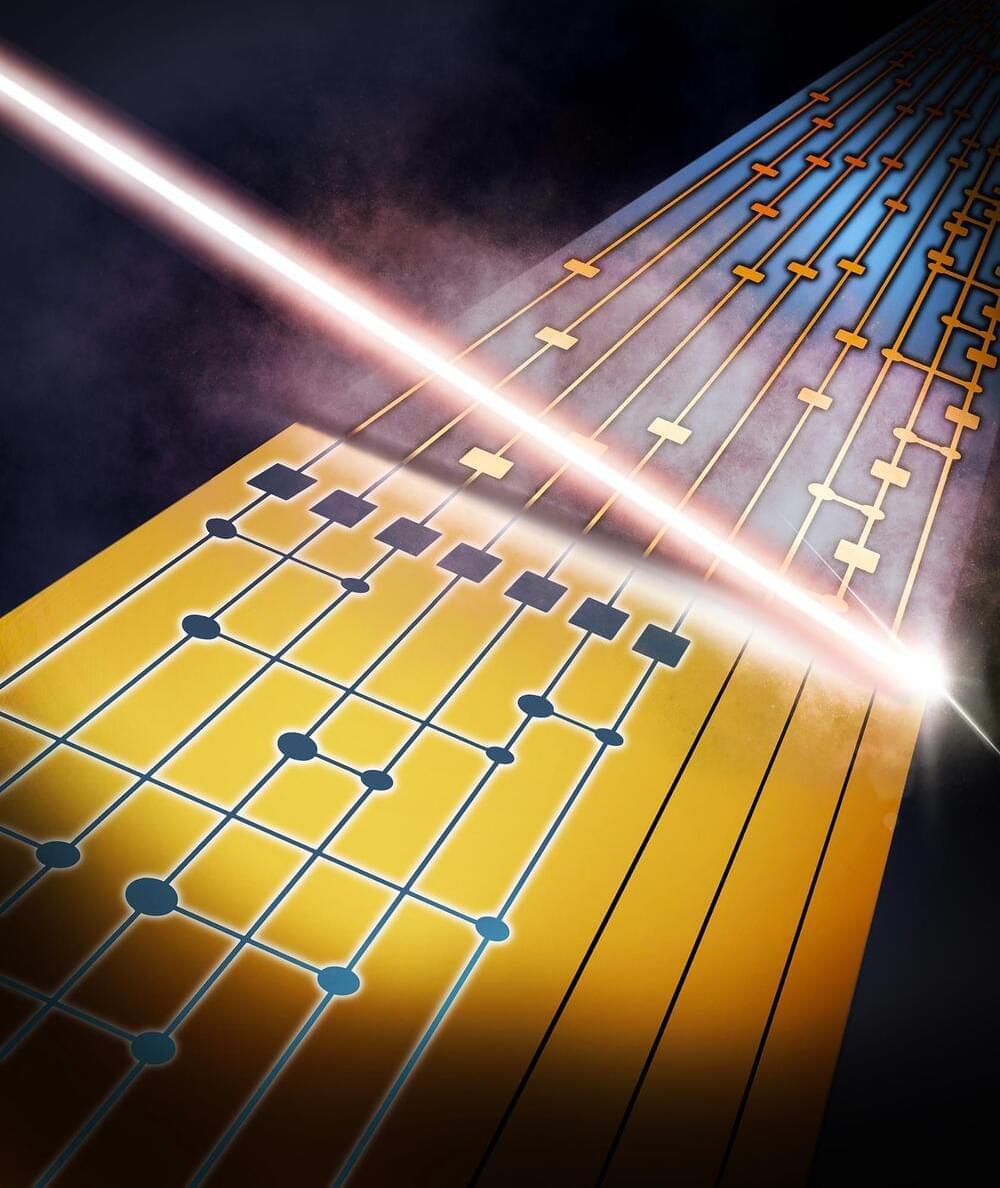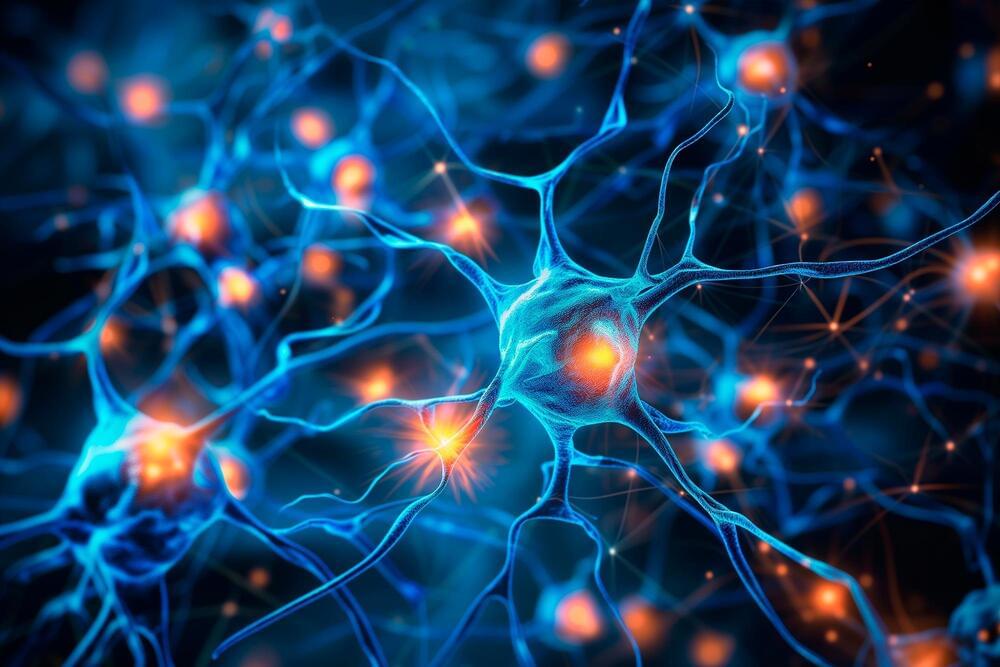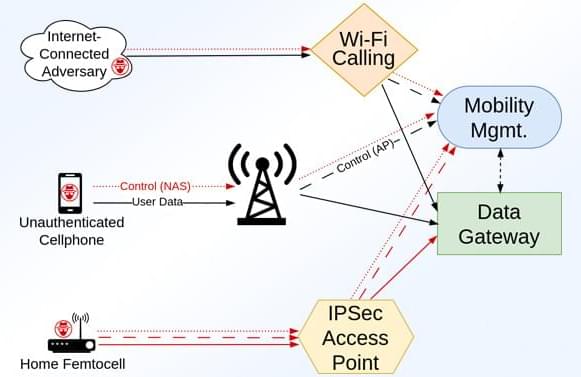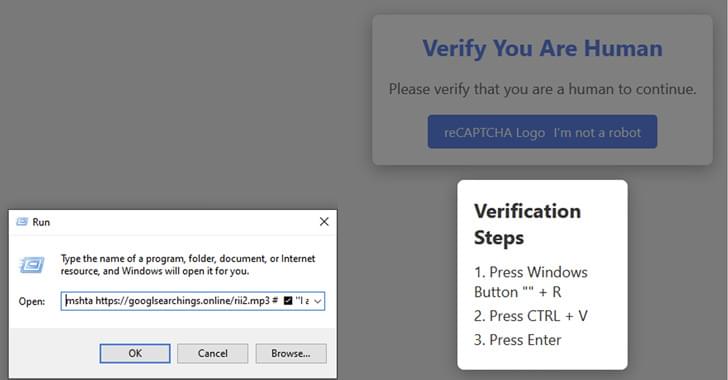An international team of scientists have discovered that soap could be important to helping our understanding of complex systems in the human body, such as lungs, and improving therapies for conditions such as respiratory distress syndrome.
In the last few years, researchers have found that surfactants—the molecules found in soap—can naturally find its way through a maze using the shortest path, with little penetration into dead ends.
The discovery may sound a little peculiar, but the finding mimics transport processes in complex branching networks found in the human body, such as the lungs. It may hold the key to understanding how liquids, such as certain drugs, travel through these networks, which could help medical scientists find new and more effective therapies.
